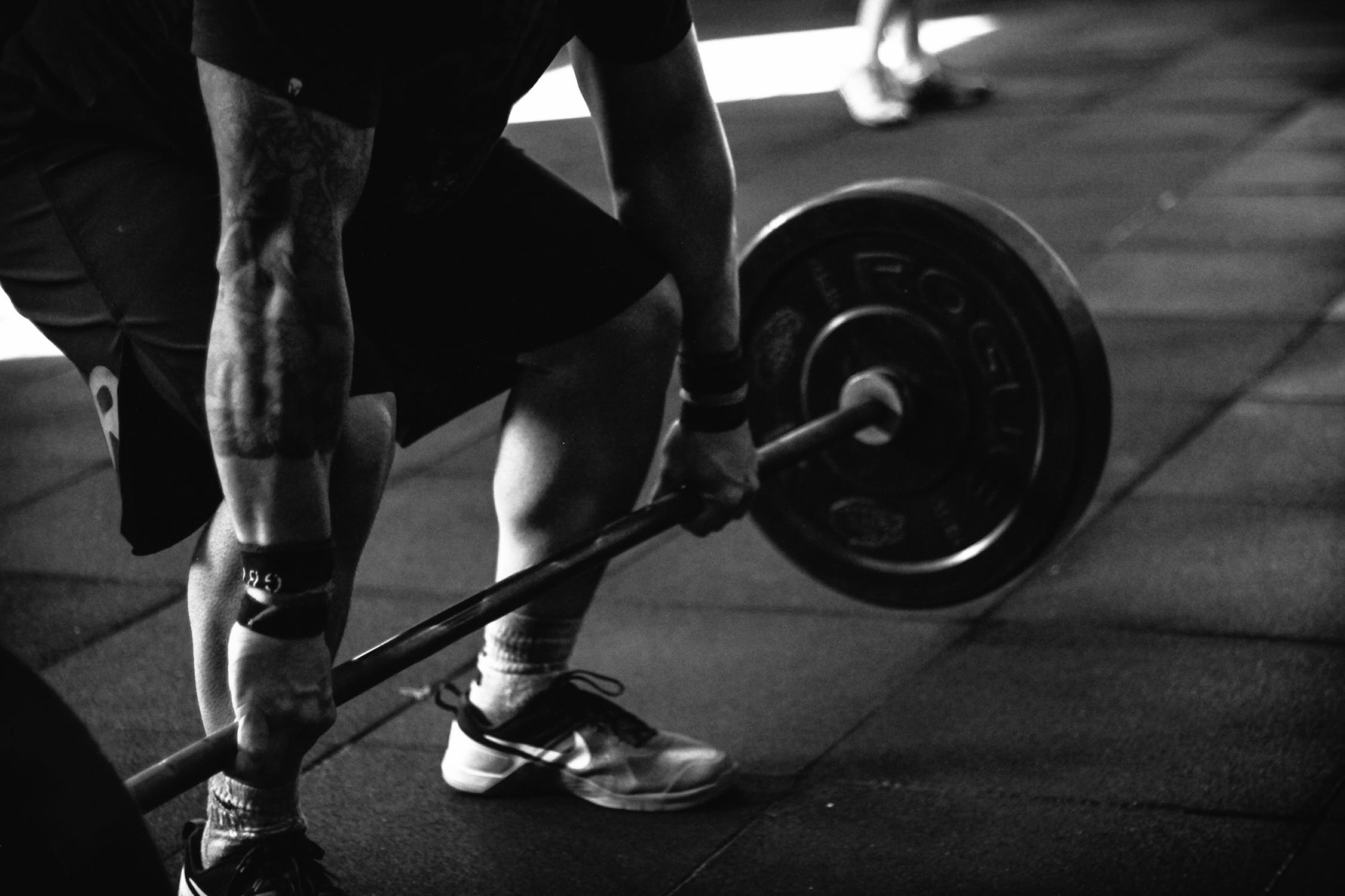Normal testosterone levels in men change throughout the years, declining over time as the testosterone producing Leydig cells die off quicker than they can reproduce. Testosterone levels can be influenced by lifestyle habits such as diet, exercise, sleep, and stress. Every man has the ability to take control of his hormone production – that is until the decline becomes so severe that outside help in the way of testosterone replacement therapy is necessary.
What are normal testosterone levels in men and how are they determined?
Normal levels, by the most recent standards fall into the 650 to 850 ng/dL range for “optimal” total (serum) testosterone. This can vary due to a man’s size and build. Taller, more muscular men typically require higher levels of testosterone than smaller sized males. Blood analysis is the only precise form of measuring men’s testosterone levels.
When we analyze the normal testosterone levels in men, both total and free testosterone levels are important to know, as the doctor will want to see how much total (both bound and free), as well as free testosterone, is in the bloodstream. Only the testosterone that is free and unbound is available for the body to use. The testosterone which is bound is “in transit” through the bloodstream – in route to testosterone receptor sites.
Maintaining proper high testosterone levels in men that fall within the normal range is what will prevent additional medical concerns often associated with Low T. The goal of testosterone therapy for men with low levels of testosterone is to return the body back to a state of homeostasis – balance.
Testosterone Levels Chart
Taking a look at testosterone levels in men by age, it is easy to see how diagnosing Low T could be difficult. For example, males between the age of 30 and 40 could have “normal” total testosterone levels between 219 and 1009 ng/dL. This is quite a vast difference, and since 600 – 675 is considered the standard average for this age, getting down below 500 could start to signal problems, not only now, but at any age.
The normal testosterone levels in men by age for those in the 40 to 50-year category would be 201 – 993 ng/dL. Although the change here may not seem like much, we find the typical average of 500 – 550 ng/dL to be about the lowest a man would safely want to go. By the time the age of 50 is reached, the next ten years will see total testosterone levels drop to between 170 and 918 ng/dL. 170 is much too low, especially when 400 – 450 ng/dL is the average. For those over 60, total testosterone declines to between 156 and 700 ng/dL, with 300 – 350 being the “normal” range – yet well beolow what most men actually need.
The majority of males who find themselves in the lower end of the free testosterone levels in men chart below may start to notice problems. The goal of testosterone replacement therapy is to reach an average reading of 550 – 650 ng/dL – corresponding to the individual’s highest testosterone levels when he was in his twenties. This is where optimal results typically appear.
Here is a testosterone levels in men by age graph for the average total and free testosterone levels, as well as a detailed look at the free testosterone range:
| Age | Average Total Testosterone (ng/dL) | Free Testosterone
Range (ng/dL) |
Average Free
Testosterone (ng/dL) |
| 25 – 34 | 617 | 4.85 – 19.8 | 12.3 |
| 35 – 44 | 668 | 4.46 – 18.1 | 10.3 |
| 45 – 54 | 606 | 4.06 – 16.4 | 9.1 |
| 55 – 64 | 562 | 3.67 – 14.7 | 8.3 |
| 65 – 74 | 524 | 3.28 – 13.0 | 6.9 |
| 75 – 84 | 471 | 2.88 – 11.3 | 6.0 |
| 85 and up | 376 | 2.29 – 9.61 | 5.4 |
How to Raise Testosterone Levels
Once you find out that your testosterone levels are too low, it is time to look at the various natural ways to raise testosterone levels in men. When most people think natural, they imagine dietary changes and supplements. Testosterone replacement therapy is another natural way of increasing this hormone in the body.
The best ways to increase low testosterone levels in men include:
- Testosterone cypionate injections – often the number one option for the best results, ease of administration, lowest cost, and fewest treatments
- Testosterone gels and patches – potential for reduced results, highest cost, and risk of cross-contamination
- Transbuccal testosterone – oral adhesive tablet for the gums, may cause oral irritation and bitter taste
- Implantable pellets – very expensive and difficult to remove if a problem occurs
- Dietary changes – cutting out sugar and bad carbs, increasing heart-healthy oils and fats, grassfed meats, fruits, vegetables, and whole grains
- Getting proper sleep – between seven and nine hours a night
- Reducing stress – the stress hormone cortisol stands in the way of testosterone and growth hormone production
- Exercise – engaging in weight-bearing exercises that work the large muscle groups
Herbal supplements and vitamins – increasing vitamin D, zinc, and taking certain herbs may help increase testosterone if levels are not already too low





